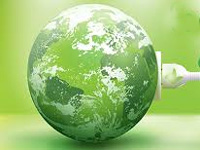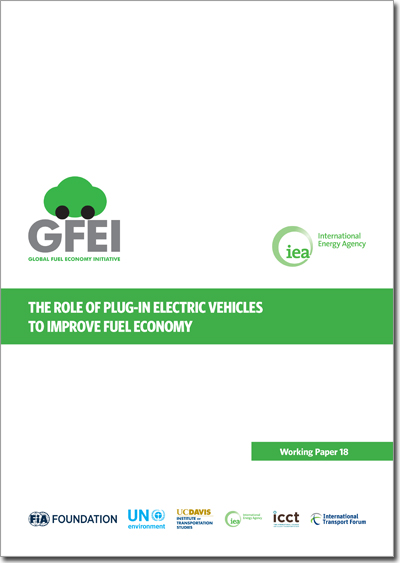The role of e-fuels in decarbonising transport
Rapid deployment of low-emission fuels during this decade will be crucial to accelerate the decarbonisation of the transport sector. Significant electrification opportunities are available for the road
Rapid deployment of low-emission fuels during this decade will be crucial to accelerate the decarbonisation of the transport sector. Significant electrification opportunities are available for the road
This briefing compares the fleet characteristics and fuel-efficiency technology deployment in China, Europe and the U.S. from 2010 to 2014. In addition, the briefing evaluates the response of the passenger

NEW DELHI: The government is set to tighten fuel efficiency norms for vehicles to push automobile manufacturers to expedite the conversion of conventional internal combustion engines (IECs) to electric
This analysis examines the potential of fuel-saving technologies for new heavy-duty vehicles (HDVs) in India less than 12 tonnes over the next 10 years. This is a follow-up study to research that completed
Heavy-duty vehicles in the European Union so far have not been subject to carbon dioxide emissions or fuel-consumption standards, making Europe the largest market without mandatory limits for such vehicles.

Plug-in electric vehicles (EVs) are well equipped to significantly increase the pace towards greater fuel efficiency, according to the latest Global Fuel Economy Initiative (GFEI) working paper. PEVs also
The ICCT commissioned the Institute for Internal Combustion Engines and Thermodynamics of the Graz University of Technology (TU Graz) to conduct track and chassis dynamometer testing to determine the aerodynamic
The US EPA is pursuing a rollback of earlier plans (implemented under Obama’s presidency) to raise the new-vehicle fuel-efficiency standard to nearly 50 miles per gallon by 2025 (that would be a fleet-level
The CO2 certification procedures for HDVs in the EU and the United Stated use a combination of component testing and vehicle simulation to assign official CO2 emission and fuel consumption values. This
The 2018 Toyota Camry incorporates eight technology upgrades that are specifically modelled in the U.S. Environmental Protection Agency’s Optimization Model for Reducing Emissions of Greenhouse Gases from
International climate talks in Paris set an ambitious goal: limiting global warming to 2°C by 2100. Reaching that goal will require investing an additional $1 trillion per year until 2050 in clean energy